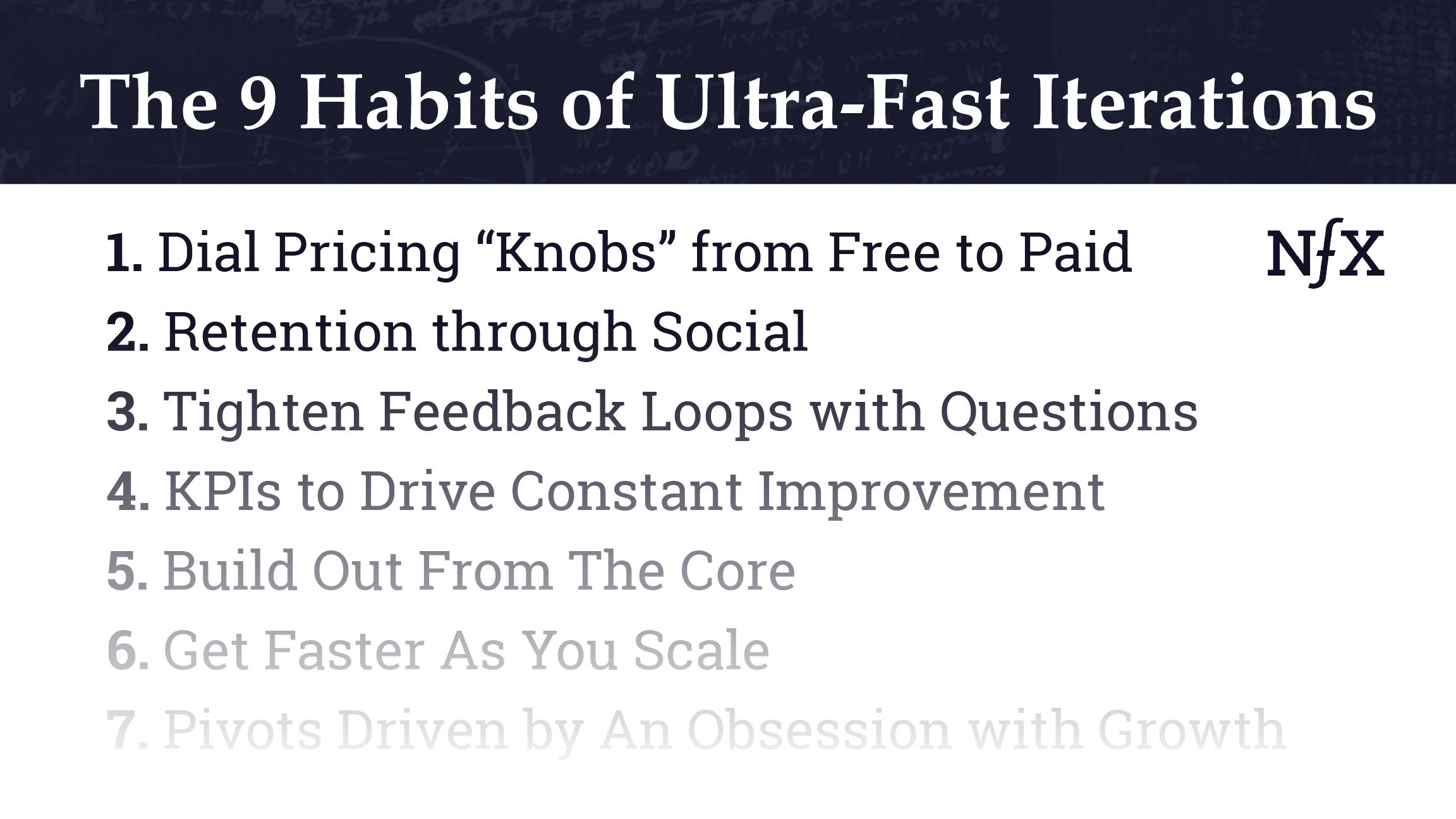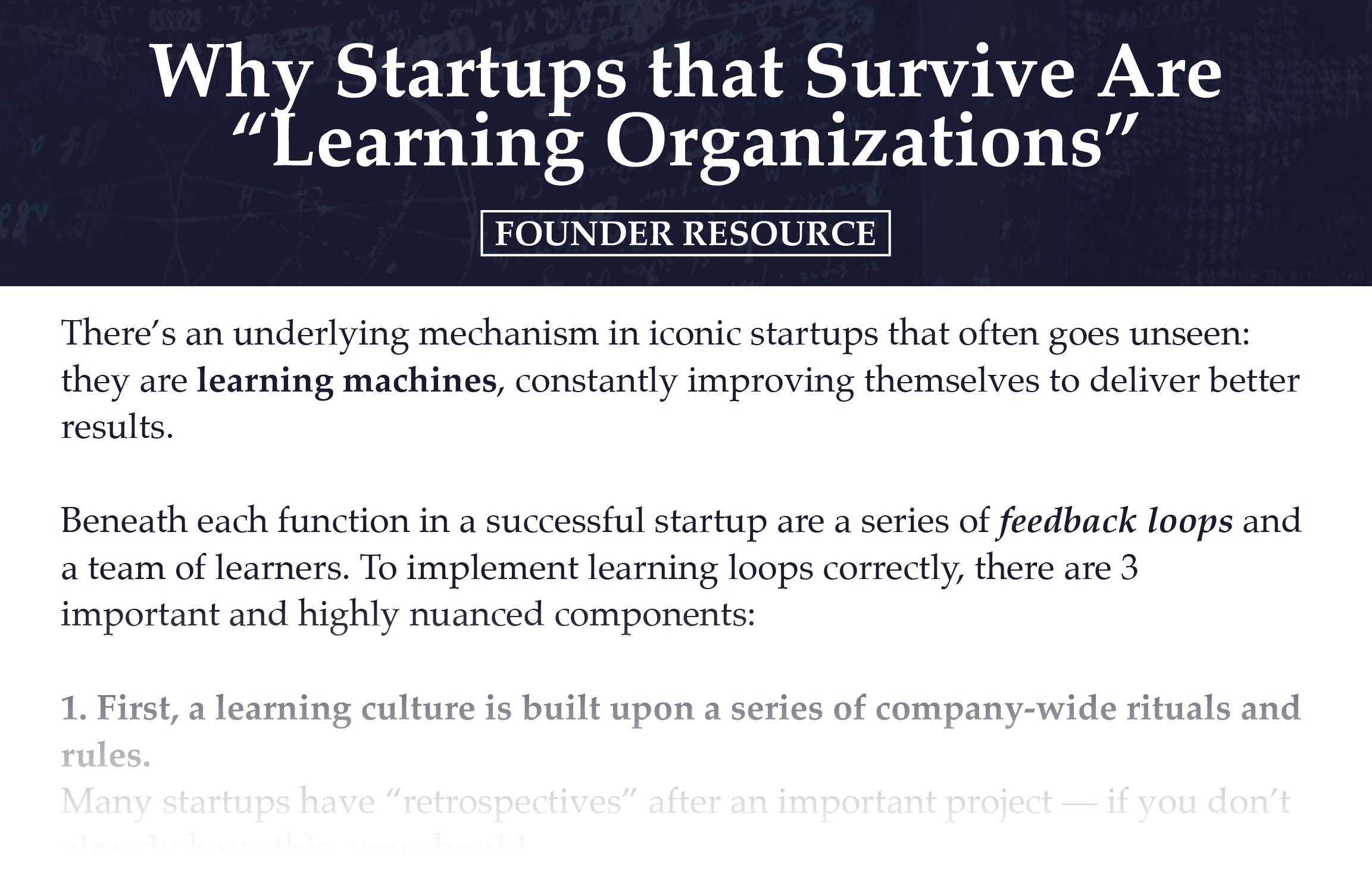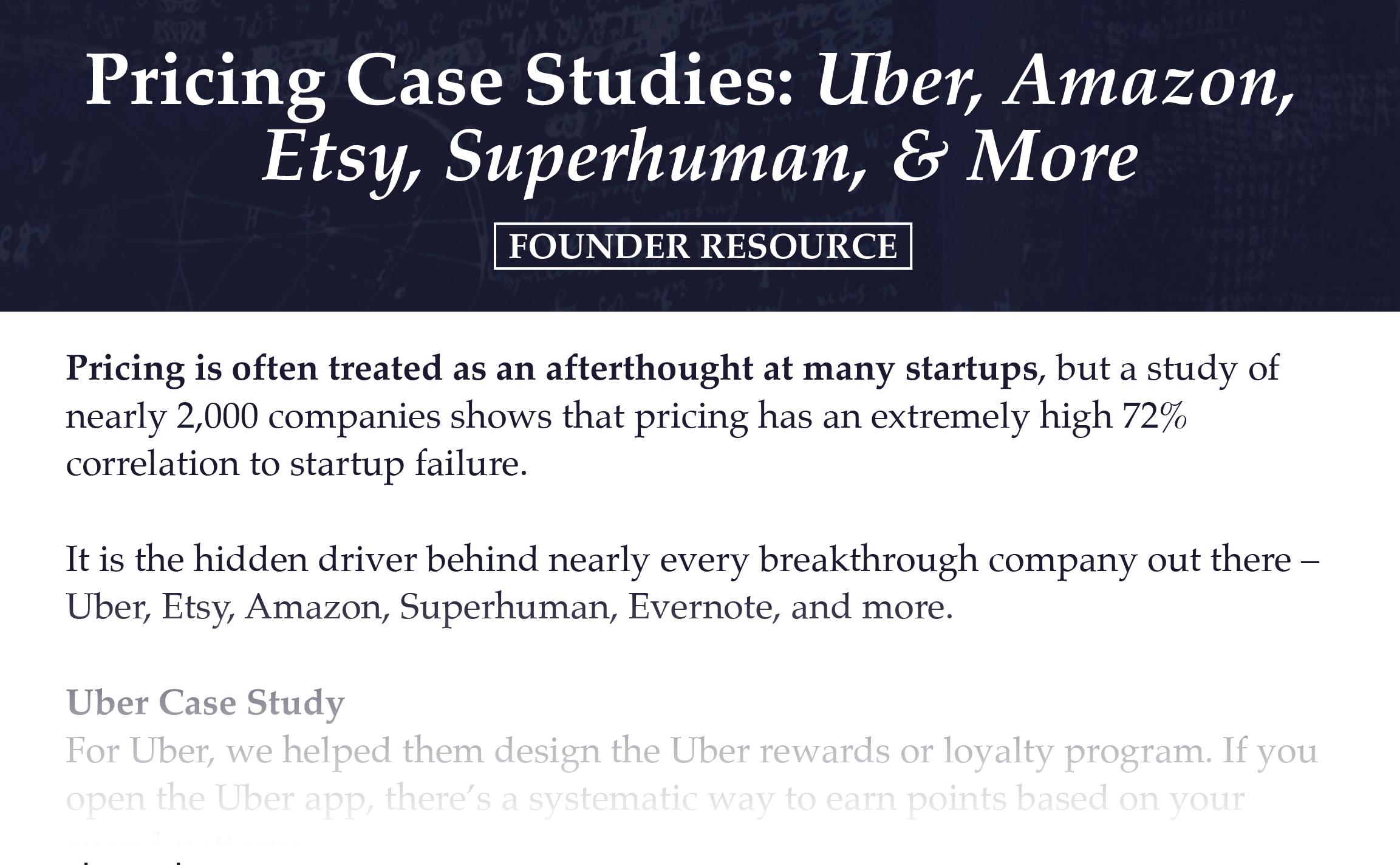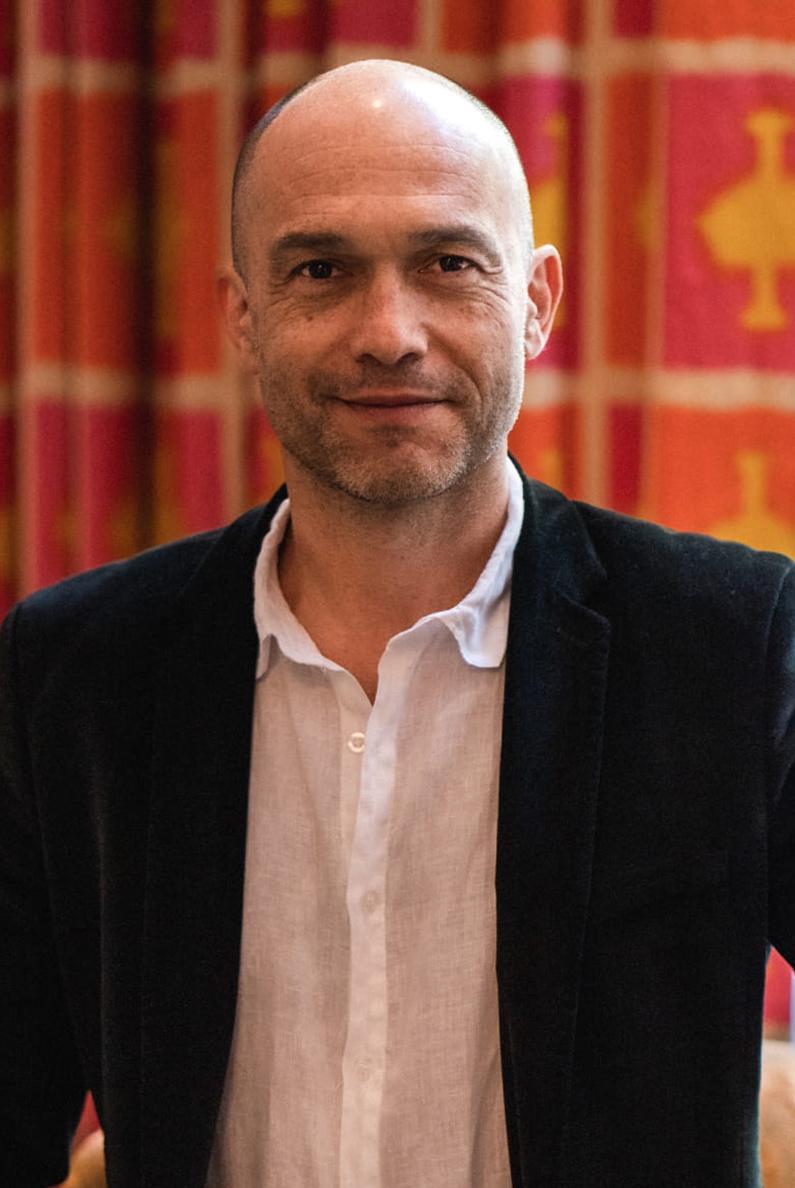

Of all the companies I’ve founded & invested in, one sector has an unfair number of elite product minds: gaming. For years, non-game Founders have tried to incorporate “game theory” and “game design” to make products stickier, but most were looking in the wrong place.
Instead, they should have adopted the game Founders’ habits of ultra-fast iterations.
Today we’re uncovering the 9 habits of ultra-fast iterations from games Founder, Gabi Shalel. I was a seed investor in his company Plarium, which he co-founded and sold to Aristocrat for $500 Million.
These are the underlying behaviors of strong product leaders — no matter what kind of product you’re building.
“Focus less on quality, just do it fast and then build out from the core”
- I learned throughout the history of Plarium that you have to do a few things very well.
- Where Founders make the mistake is that they say, “Okay, I need to be great at everything, everything needs to be polished, and only then will we go to market.”
- And that’s not necessarily true because you often don’t need huge depth from day one.
- You need the core product, whatever it is, to be strong and polished.
- The idea is to get the core out very quickly to start testing, then once you feel super confident about that, you can build on top of it.
- There’s no point investing in something now that users are going to experience in month 8 on your product roadmap.
- Basically, focus less on quality, just do it fast and then build out from the core.
- The obvious next step is then deciding what your core is.
- Every product is different, but eventually there are one or two things that your users come back for. You first need to look for what those things are.
- For a gaming company, it could be the core battle or the core shooter mechanics. It could also be an art style that you want to test.
- You don’t need to build a thousand characters to test that. You’d only need to build 10 or 12. If that works and people love it, then you can expand the content.
Getting Faster As You Scale
- I think it’s easier to maintain working fast and building out the core of your product in gaming compared to other industries.
- We had dedicated teams for every game and every direction in the game.
- When you break things up, things move much faster because you’re not as dependent. Teams are not waiting for another team or for some project to be completed. They can take it at their own pace.
- You break it down into pieces and manage each process, each studio on its own, and that gives you a lot of flexibility and speed.
- You’re not waiting for headquarters to approve every little thing. That’s the way you grow big issues.
- The whole combination of the group is big, but you keep the dedicated product teams small and quick.
- I think that the incentive structure is also important. Everybody needs to feel that they have an upside in whatever they’re building and that it fits into the bigger organization.
- People don’t want to build something amazing and feel like it’s not aligned with what the company is building.
Tightening Feedback Loops with Questions
- To get everyone in the company addicted to speed, we very clearly asked every studio: What is their target? What is their market opportunity? What are they going after?
- Knowing their answers gave them a lot of motivation to go and build better products.
- They need to know exactly who they’re going against, what they can do better, how they can do better, and where the market stands.
- This is a constant chase against the market and getting better, especially in games where you see innovation on a weekly basis.
- If you have that feedback loop with the team all the time, they can see what they’re doing, but they also see what the market is, where they’re heading, and what motivates them.
- Even more, they’re proving to themselves that they can continuously improve and that inherently adds speed.


KPIs to Drive Constant Improvement
- We’re a very data-driven company and that is key to being fast because without data, you cannot really know where to move.
- One thing you need to have is the layer of data analytics. What are you trying to improve? Is it day one engagement? Is it session time? Is it engagement per day?
- The more we dug into our games, the more KPIs we had.
- We could create shorter-term goals much quicker and follow up on that. They were normally more granular.
- If you’re optimizing towards retention, there are probably small factors that could be optimized to improve retention between day one and day 30.
- We were able to drive the team to improve with all of those KPIs. If it’s payments, retention, session time, whatever the KPI was, we were more focused and moved faster.
- It’s a combination of being data-driven and hungry to improve every single data point that we collected.
Pivots Driven by An Obsession with Growth
- Plarium is a games company. So we started off by doing games, then came back to doing games, but what happened over that period?
- Early on, we were a Russian social network, then we moved to Facebook and found out that there was a much better target audience there.
- But after being on Facebook, we then had to completely move on from Facebook to mobile.
- Each one of those, while not a pivot in the direction of the company, was a huge pivot in the company itself.
- It required new skills, new capabilities, new everything.
- We were basically taking a successful company where everybody looked at it and said, “It’s sorta working”, but then as Founders, knowing that if we didn’t move, it wasn’t going to be as good as it could be.
- I think our pivots were driven by our obsession with growth, not just financial growth or revenues.
- I also think we’re very confident in our ability.
- When we were in VK, our thinking was we can be the number one developer in Eastern Europe. All we have to do is conquer Facebook to be a global player, so that was the goal.
- We decided that we had to be a global player and our approach was that we would never take only one bet.
- We always felt that the team supporting the existing business needed to be there, but we had to take different bets as we extended talent and expanded the team.
- It’s very hard to tell the same team, “You need to maintain the current business, then grow into new platforms”.
- We understood that we had to invest in our talent and hire people.
- Moving from Facebook to mobile was even harder than our early pivots.
- We were thinking we had to do it though. Otherwise, we thought we’d miss out on one of the biggest opportunities ever in the games industry.
- It was only a matter of time before social games came out.
- So for us, we sat down to decide how much we wanted to invest, how many people. It was a matter of being patient because it didn’t happen overnight. It took us a couple of years to succeed on mobile.
- Even for some of our best teams, they didn’t make it on mobile for three, four, or five years.
- We had to take a lot of bets, be very patient, take hits on our PNL, which some companies don’t love to do, but you can’t have the upside if you’re not going to financially invest.
- We’re big believers in debt. We’re willing to invest ahead of time, ahead of our ability.
- As an example, we invested in a motion capture studio because in three or four years we’d need it. It may not be something that pays dividends year one, but we felt it would build capacity and capability, then down the line, we could build any game.
- The thinking was very long-term. These are not short-term decisions.
- We’re lucky we had stable revenue, which helped us make those pivots.
“We weren’t afraid to fail”
- As Founders, we agreed that we could test more and invest in the future.
- I’ll be honest, we failed a lot, but so what. Nobody really remembers the failures.
- I think the successes were because we weren’t afraid. We weren’t afraid to fail. That’s very important.
- We weren’t afraid to spend money and maybe to lose cash, because we were a profitable company.
- It cannot be a financial exercise. Let’s put it this way. It needs to be an exercise in which you’re much more obsessed with success than about potentially losing a certain amount of cash flow. That’s the way we always looked at it.
- It wasn’t a smooth ride, but when I look back, it was definitely worth it. Actually, looking back now, if we invested more, we would’ve probably had bigger returns now.
- Many of these initiatives only went well, because we went all in.
- I think any big company has to reinvent itself every couple of years, no matter how big. Even if you’re Apple or Facebook, this still applies. The best companies have this as part of their DNA.
- I think this is about obsession and DNA. If you don’t have it, especially in today’s world with the pace of innovation, you’re just going to be left behind.
- It’s the mindset that nothing is secure and you always have to out-innovate yourself and even out-cannibalize yourself.
- We were never afraid of cannibalizing our game or products. We would always rather be in the front of innovation instead of behind it.
Dialing Pricing “Knobs” from Free to Paid
- One of the things that’s unique in-game companies is the pricing knob that you turn between free and paid. It’s typically geared toward making users pay less.
- I remember Facebook playing around with the frequency of ads and Google testing out how many ads they could have above the organic results. For them, the knob was determining how many ads they could expose users to.
- If there’s an ad every two posts, maybe people will churn because it’s annoying. But if there’s an ad every 50 posts, nobody cares and that’s around where Facebook is right now.
- The same knob concept applies in games. We constantly play between making the game free and fun forever and getting retention to be as high as possible.
- Everybody’s happy when they can consume whatever they want.
- Some of the best games in the world are the ones that are finding a way to keep the fun element as free as possible. They then create layers of monetization on top of it that are not impacting the core fun.
- I don’t see non-game Founders thinking about this enough. And what’s happening is that they’re starting to lose customers with the free product or they’re not converting enough.
- They’re not constantly playing with it. Not to mention the fact that you can play with it very differently for different users.
- For some users, you can put the knob in one place and for other users, you can put the knob in a different place.
- You have to play with the conversion pressure pricing point. It’s better to have more optionality for monetization.
- Sometimes people have one pain point and that’s it, so you can limit their product experience. There’s no reason not to experiment with multiple pain points though, creating different pricing for different products.


Doubling User Retention with In-Game Communities
- The whole idea for our strategy game was to play with your clan members. Some of our users actually call their clan members their second family.
- The way we thought about these social elements was that we had to build them at the core. This is not something you can add on later.
- So in our strategy game, you had to team up with your clan members. Together, you could go on different missions, try out different survival tactics, and build out armies together.
- It was a team effort and that bonding experience brought them closer to each other and to the game at the same time.
- We facilitated this in the game design by building up inside the game a way where we pushed you to get involved socially. Of course, we had all the social features like chat.
- But on top of that, outside of the game, we created a lot of tools for clans to communicate. Some clans asked us for merch or flags for the offline events.
- So there’s building the game but there’s also managing the community and helping them bond. That’s what made the game social and drove retention long-term.
- What we saw is that the same game with clans would command double the retention than the game without clans because of the connection between people.
- We made it so that the game actually became much better when you played it with others. That’s a true network effect phenomenon.
- In the game, you could achieve more, you could do more with other people.
- You could reach new heights only by playing with your friends or with people that you knew online, not necessarily your friends from home.
- I’ll break these social and community elements down to two things:
-
- Tools to support the community or core social interaction. I think they’re easier to create.
- The second is according to the design of what you are doing. What kind of behavior do you want to incentivize? You need to think about how your product is multi-player from day one. What social feedback loops can you create?
- We didn’t build a product and then ask, “Okay, how can we make it social?” That rarely works, it needs to be a selling point from day one.
“One of the deep secrets of the game industry that other industries can learn from”
- Live ops is the practice of publishing new content into the game to keep the game fresh and new.
- It constantly introduces new items and collectibles in the game, but the key thing is that we’re always playing around with the pricing point.
- You can incentivize a lot of competition between free and paid players with live ops. You can also incentivize a lot of engagement.
- A lot of companies don’t understand live ops or how it could be applied to their product. Therefore, they don’t invest in it.
- This takes time. You need proper teams on this. This cannot be done with a two-person operation.
- Companies really need to commit to it. The long-term payback could be huge for any product or company.
- I do think that this is one of the deep secrets of the game industry that other industries can learn from. I don’t think people are aware of it.
- If you took any successful game and stripped out the live ops, you’d probably lose 40% of revenues.
- It’s like a magic gift that keeps on giving because when you get more revenue out of customers, you basically can grow faster because the customer value is higher.
- You can go and acquire more customers because their value is going to be higher. This is basically starting your growth loop.
- So this is really one of the top secrets of the game industry.
You can listen to the entire podcast conversation here.
As Founders ourselves, we respect your time. That’s why we built BriefLink, a new software tool that minimizes the upfront time of getting the VC meeting. Simply tell us about your company in 9 easy questions, and you’ll hear from us if it’s a fit.
